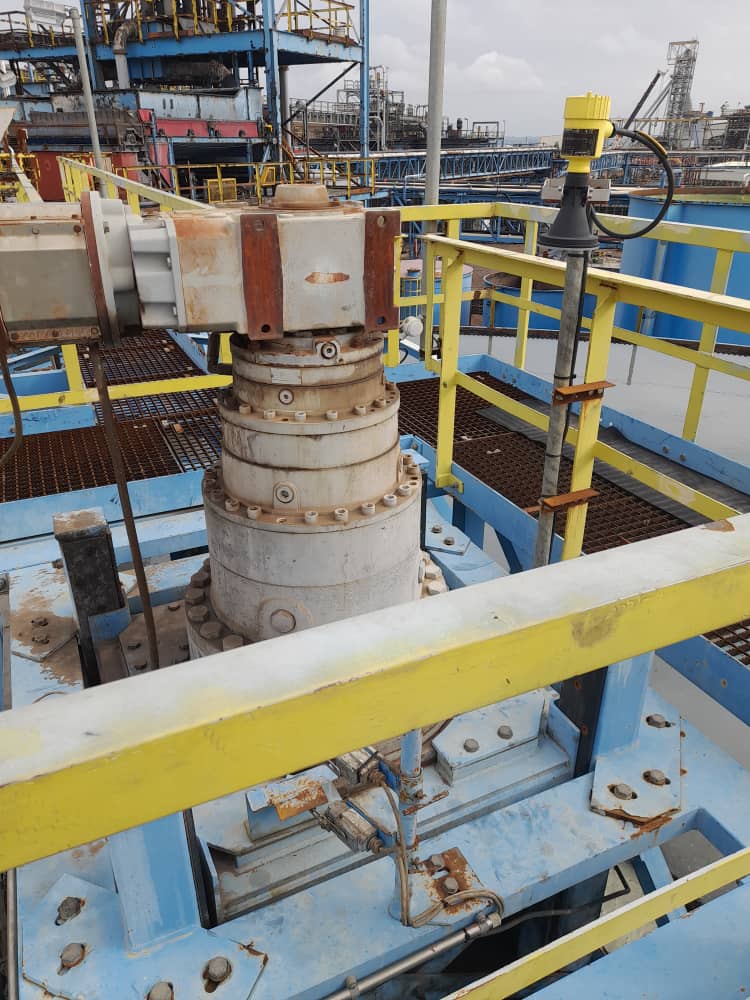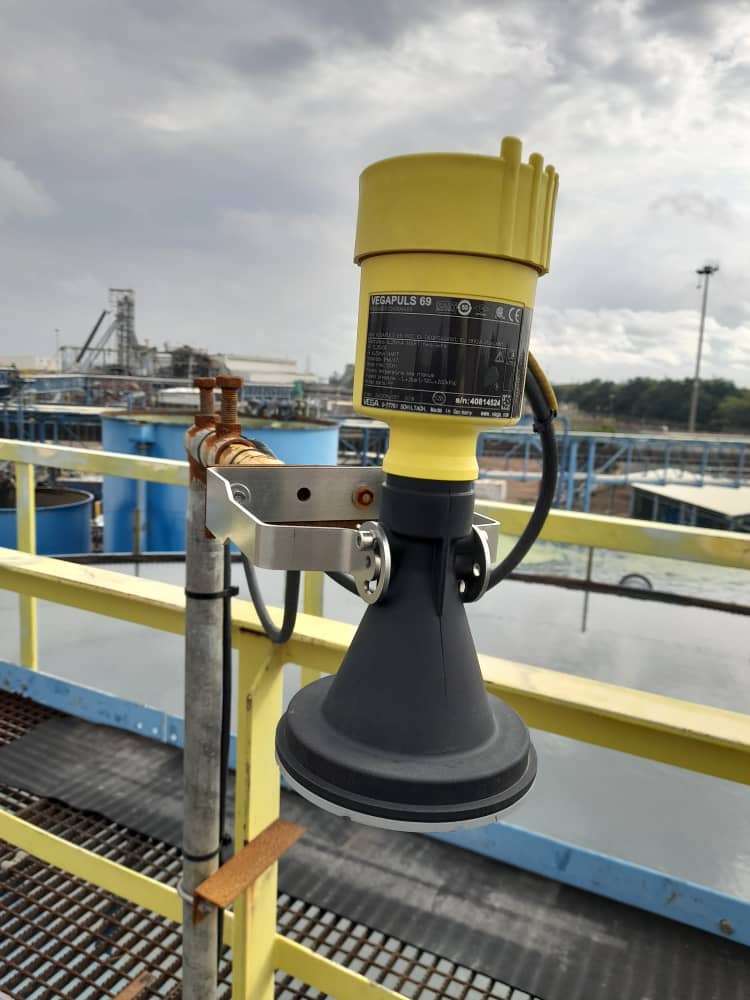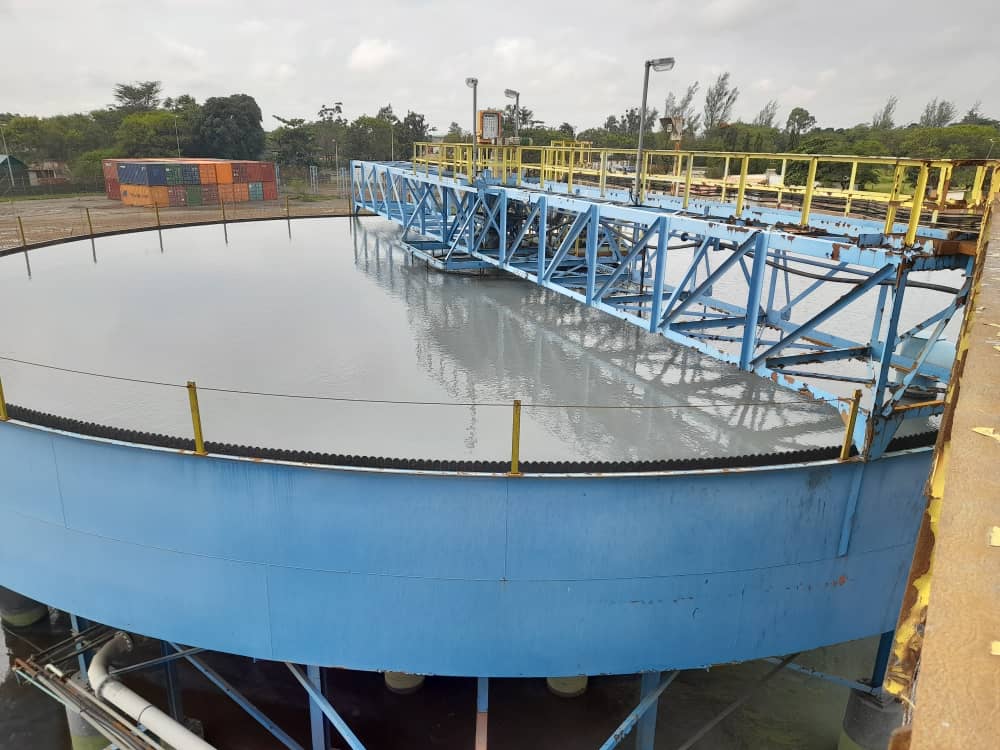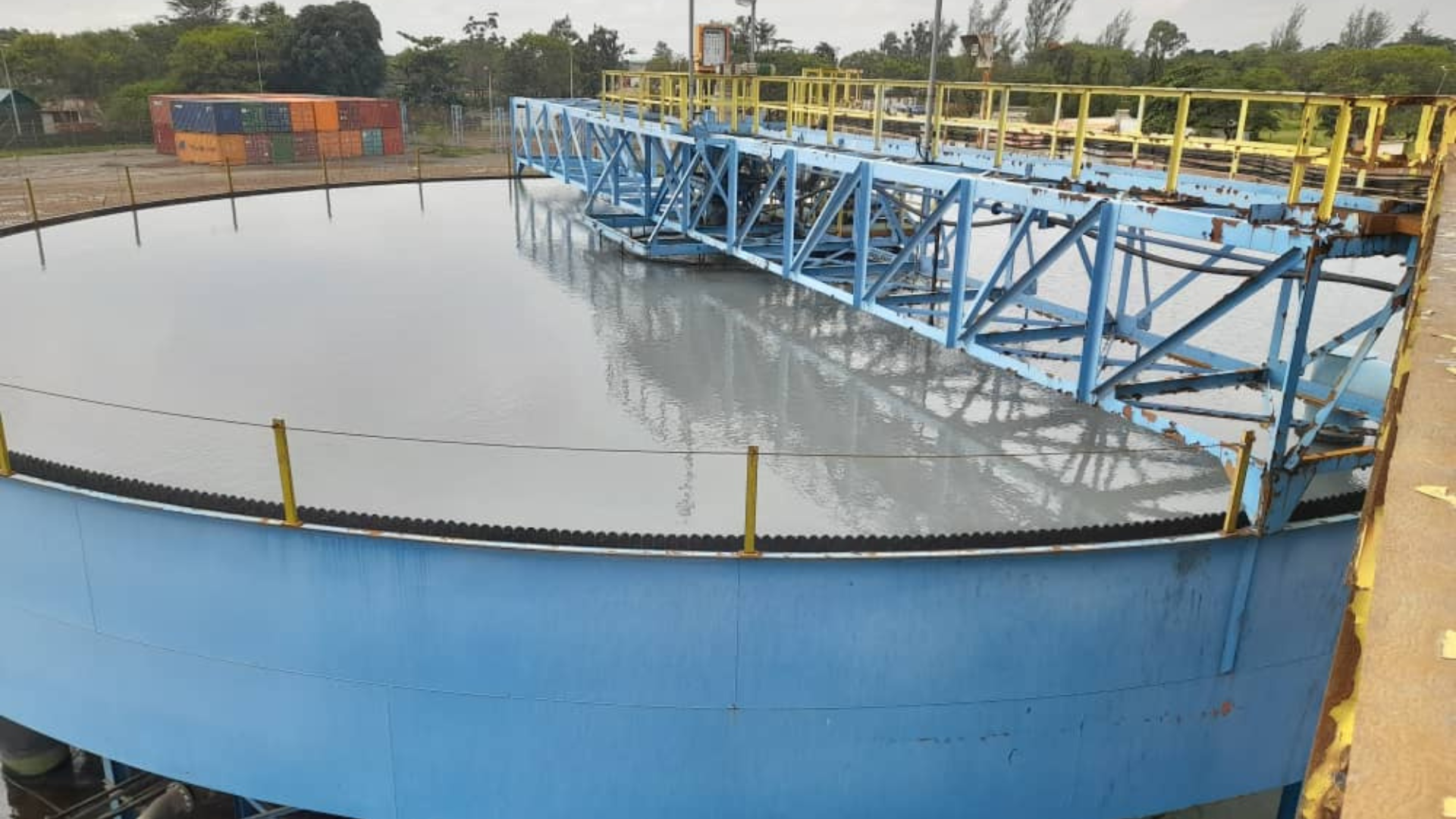Most engineers would agree that the mining environment in Africa is undeniably one of the most demanding and challenging workspaces, taking into consideration the considerable distances equipment must be situated to ensure its uninterrupted and damage-free operation, making it a highly complex setting.
The majority of the focus in the processing sphere is on maintaining everything in perfect working order as inaccuracies in measurements can have dire consequences, endangering both equipment and human lives.
As the rake arms rotate or move through the settled solids, they help in the separation of solid particles from the liquid in the slurry. The motion of the rake arms assists in pushing the settled solids towards the centre of the tank, where they are collected and removed. The position and movement of the rake drive can be adjusted to optimize the thickening process. The rake drive’s speed and angle can be controlled to achieve the desired level of solid-liquid separation. This is crucial in gold mining, where the concentration of valuable minerals in the slurry needs to be maximized.
The rake drive’s position and operation are often monitored and controlled using sensors and control systems. This allows for real-time adjustments to ensure that the thickening process operates efficiently. Regular maintenance of the rake drive mechanism is essential to ensure it continues to function correctly. Any issues with the rake drive, such as mechanical wear or malfunction, can impact the thickening process. This can result in costly breakdowns and massive revenue loss, which all mines try to avoid at all costs.
Thickening tanks in mining pose several challenges for measuring equipment due to the nature of the materials and processes involved. The materials processed in thickening tanks often contain abrasive or corrosive elements that can damage sensors and equipment over time. The slurry inside these tanks can be very thick and dense, making it challenging to obtain accurate level and density measurements. The density of the slurry can change often as more material is added or as water content fluctuates. Accurate monitoring of these variations is essential.
Thickening tanks can be difficult to access for maintenance, which can complicate the installation and replacement of measuring equipment. The mining environment itself can be harsh, with factors like vibrations, temperature extremes, and high-pressure conditions that measuring equipment must withstand.
To address these challenges, one gold mine in particular had to find a reliable and robust solution where measurement is concerned. And VEGA had the perfect solution. The technicians at VEGA INSTRUMENTS suggested the use of VEGAPULS RADAR SENSORS after establishing the exact needs of the mine and the solution that was required.
The VEGAPULS instrumentation faces specific challenges due to its installation in an open slurry tank, leaving it exposed to environmental elements. Its primary role is the monitoring of the rake drive, a task of the utmost importance. The rake drive stands as a crucial component, directly influencing the efficiency of the thickening process. Any malfunction in these rake drives can have a detrimental effect on the thickening process, ultimately impacting the quality of the final product.
In an open slurry tank, the VEGAPULS is a reliable, versatile, non-contact tool for process control and automation, providing valuable data that contributes to efficient and safe industrial operations. It can be used to accurately measure the level of the slurry within the open tank. It emits radar pulses that travel to the surface of the slurry and back to the sensor, providing real-time data on the slurry’s level. This is essential for monitoring and controlling the amount of slurry in the tank. The data collected by the VEGAPULS can then be integrated into the control system of the slurry tank. This allows for real-time monitoring and control of the slurry level, which can be critical in maintaining the efficiency of various industrial processes.
By installing the sensor near the rake drive, it continuously measures and reports the level of the slurry. The level data collected by the VEGAPULS radar sensors can be integrated into the control system of the thickening process. This allows for real-time monitoring and control of the rake drive’s position and, by extension, the thickening process. Operators can adjust the rake drive based on the sensor’s feedback, optimizing the separation of solids and liquids.
Maintaining the correct slurry level is crucial for safety and the VEGAPULS help to ensure that process conditions remain within safe operating ranges. The VEGAPULS sensors can be used to automate processes based on the slurry level. If the slurry level reaches a certain point, the sensor can trigger actions such as starting or stopping pumps, valves, or mixing equipment. The sensor data can be logged and analysed to identify trends and patterns in the thickening process. Historical data can be used to improve process efficiency and optimize the use of resources.
VEGA’s measuring instruments are an invaluable tool for continuously monitoring the level of settled solids in a thickener tank, which indirectly provides information about the rake drive position and its impact on the thickening process. The VEGAPULS assist in better process control, automation, and optimization, leading to improved efficiency and productivity in mining and mineral processing operations at the gold mine in Tanzania. VEGA sensors are typically straightforward to install and configure, making them user-friendly for operators The seamless installation process empowers instrumentation technicians to handle the setup themselves, and in times of need, VEGA’s dedicated technicians are just a phone call away. The VEGA technicians offer valuable guidance, readily addressing installation inquiries, and providing troubleshooting support when necessary.
This combination of reliable technology and accessible expertise makes VEGA a trusted partner in the pursuit of operational efficiency and accuracy in liquid-level management for industrial applications.





